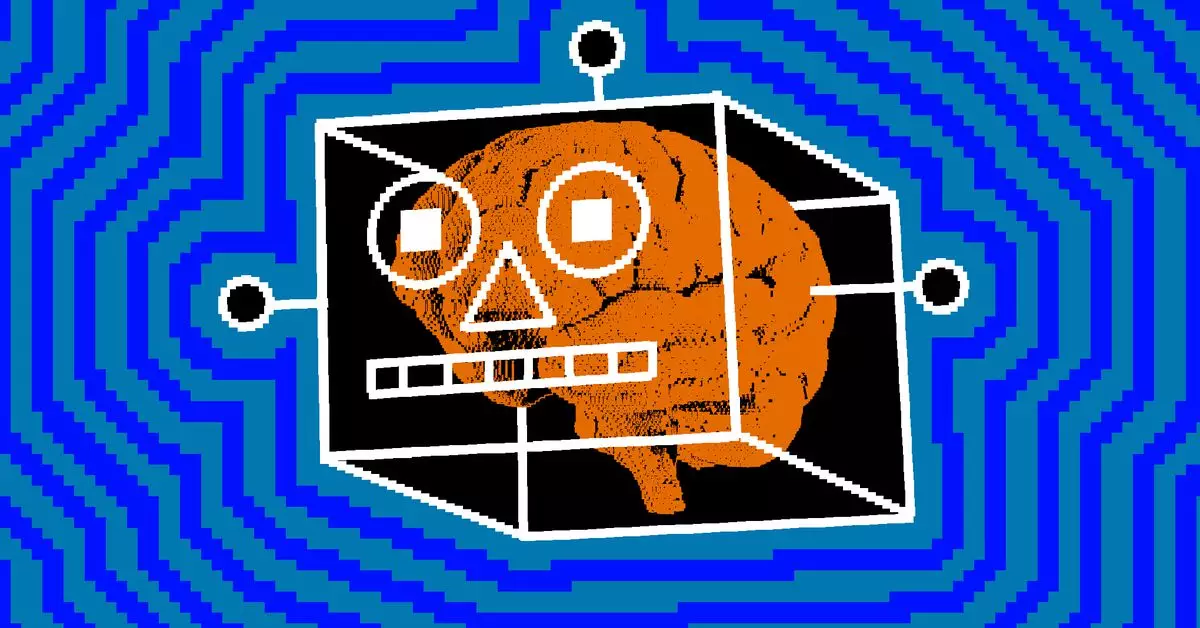In an increasingly digital world, where efficiency often dictates the success of personal and professional tasks, the emergence of automation tools couldn’t be more timely. Tech giant Google is reportedly making strides with a project codenamed “Jarvis,” which aims to harness the power of artificial intelligence to ease everyday web-based chores. Scheduled for a potential preview this December, this initiative signifies the company’s ambition to streamline how users interact with online environments.
Project Jarvis is gearing up to equip users with a sophisticated tool capable of executing essential tasks with minimal input. According to reports from The Information, this AI model will assist with various activities, including purchasing products, conducting research, and booking flights. By interpreting visual information through screenshots and acting upon them—whether by clicking buttons or entering text—Jarvis embodies the essence of a digital assistant, offering a higher level of user convenience. The expectation is that users will benefit from a system that not only understands commands but can also navigate complex web pages autonomously.
Central to the functionality of Jarvis is Google’s next-generation AI framework, Gemini. This foundation is specifically tuned to work seamlessly with Google Chrome, suggesting that for now, Jarvis will be a browser-centric tool. The decision to limit its capabilities to a specific platform raises questions on adaptability but highlights Google’s goal to refine user experience on their popular web browser. Initial reports indicate that while Jarvis can handle tasks, it operates with a noticeable delay of a few seconds between actions, a caveat that Google may refine prior to a broader rollout.
Google is not alone in exploring the potential of AI-driven task automation. Microsoft is on a parallel path with its Copilot Vision, which allows users to engage in conversations about their browsing experiences. Moreover, Apple is anticipated to launch its own intelligence feature that syncs with user activity across apps within the next year. Examples like Anthropic’s Claude present rudimentary functionalities but suggest a growth curve for AI capabilities, showing that businesses are racing to develop tools that react fluently to user commands.
Despite the excitement surrounding Project Jarvis, The Information warns that unveiling plans are not set in stone. Google’s strategy may require rigorous testing to address any operational bugs, making the December preview contingent on the readiness of the technology. This preparatory phase underscores the inherent difficulties in AI development—the issues of reliability, user adherence, and interface fluency cannot be overlooked.
As the digital landscape continues to evolve, Google’s Project Jarvis stands as a potential milestone in automating daily online tasks. With a focus on simplifying user interactions through AI, Google is poised to enhance how we engage with technology, yet numerous hurdles remain to ensure that this ambition translates into a seamless and practical user experience. The next few months will be crucial as we await further developments in this exciting project that could redefine digital task management.

